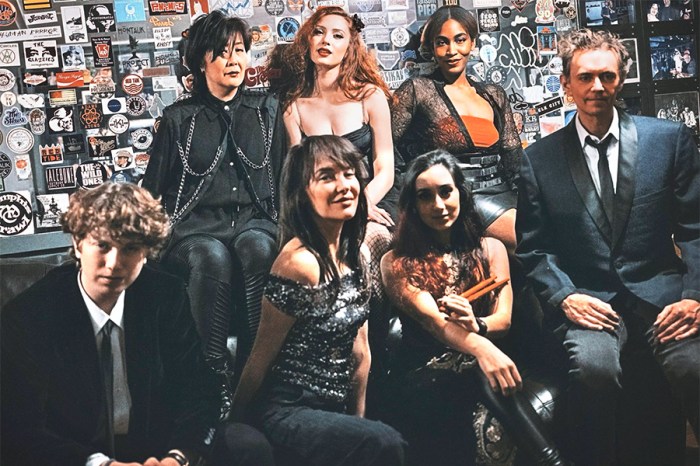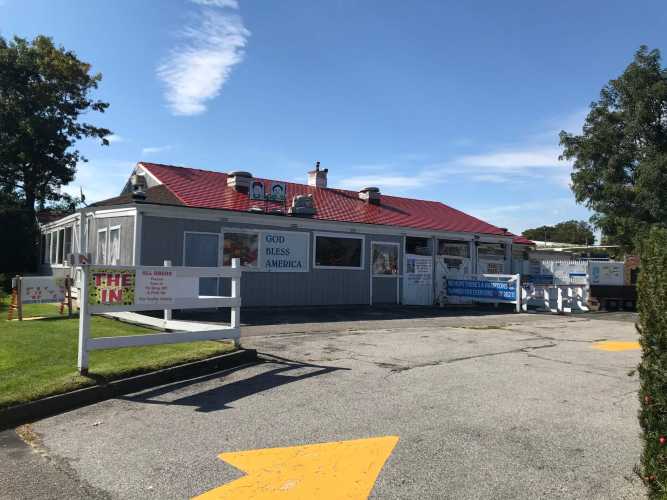My wife Diana and I were married New York City teachers back in 1969, when we planned an extended European honeymoon trip during our two-month summer vacation. After considering various transportation options for leisurely traveling throughout the continent, we decided to buy a new (and reasonably-priced) automobile in Europe, see the sights and then have the car shipped home to Far Rockaway, Queens.
We visited a local Volkswagen dealer in early June, paid for a bright-red 1969 Karmann Ghia convertible and picked it up the following month at the VW factory in Osnabruck, Germany.
I served in the army and was stationed in Germany some years earlier, so we started our sightseeing there before going on to France, Holland, Belgium, Austria, Yugoslavia (where I received a speeding ticket and paid on the spot), Switzerland, Italy and Spain.
Our Ghia turned out to be an excellent choice; economical, reliable and so much fun to drive that we kept it for the next quarter-century, when I was seduced by a sporty red 1984 Honda CRX.
The Volkswagen Karmann Ghia is a sports car marketed as 2 + 2 coupe (1955–1974) and convertible (1957–1974). Internally designated the Type 14, the Karmann Ghia
combined the chassis and mechanicals of the Type 1 (Beetle) with styling by Luigi Segre of the Italian carrozzeria Ghia, and hand-built bodywork by the German coach builder Karmann. The Type 14 debuted in October 1953 at the Paris Auto Show. In 1955, the first Type 14’s were manufactured in Osnabruck, Germany. Public reaction to the Type 14 exceeded expectations and more than 10,000 were sold in the first year.
In contrast to the Beetle’s machine-welded body with bolt-on fenders, the Karmann Ghia’s body panels were butt-welded, hand-shaped and smoothed with pewter in a time-consuming process commensurate with higher-end vehicles, resulting in the Karmann Ghia’s higher price.
In August 1957, Volkswagen introduced a convertible version of the Karmann Ghia. Exterior changes in 1961 included wider and finned front grilles, taller and more rounded rear taillights and headlights relocated to a higher position.
In 1970, larger taillights integrated the reverse lights and larger wrap-around turn signals. Still larger and wider taillights increased side visibility. In 1972, large square-section bumpers replaced the smooth round originals. For the USA model only, 1973 modifications mandated by the National Highway Traffic Safety Administration included an energy-absorbing bumpers and a carpeted package shelf that replaced the narrow rear seat.
Nearly 500,000 Karmann Ghias were produced until late 1974, when it was superseded by the Porsche 914 and the Golf/Rabbit Scirocco.
I’ve owned a ’47 Ford coupe, ’53 Chevrolet convertible, ’59 Buick LeSabre convertible, ’73 Buick Riviera sedan, ‘84 Honda CRX, ’84 Dodge Caravan, ’90 Honda CRX, ’98 Dodge Caravan and a ’16 Honda HR-V, but my overall favorite—hands down—was my delightfully driveable 1969 Karmann Ghia convertible.
—Rod Rogers, reader submission



































